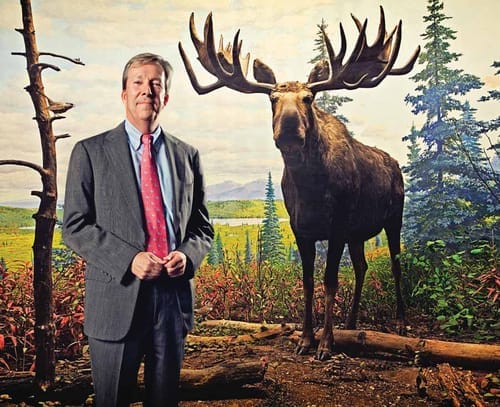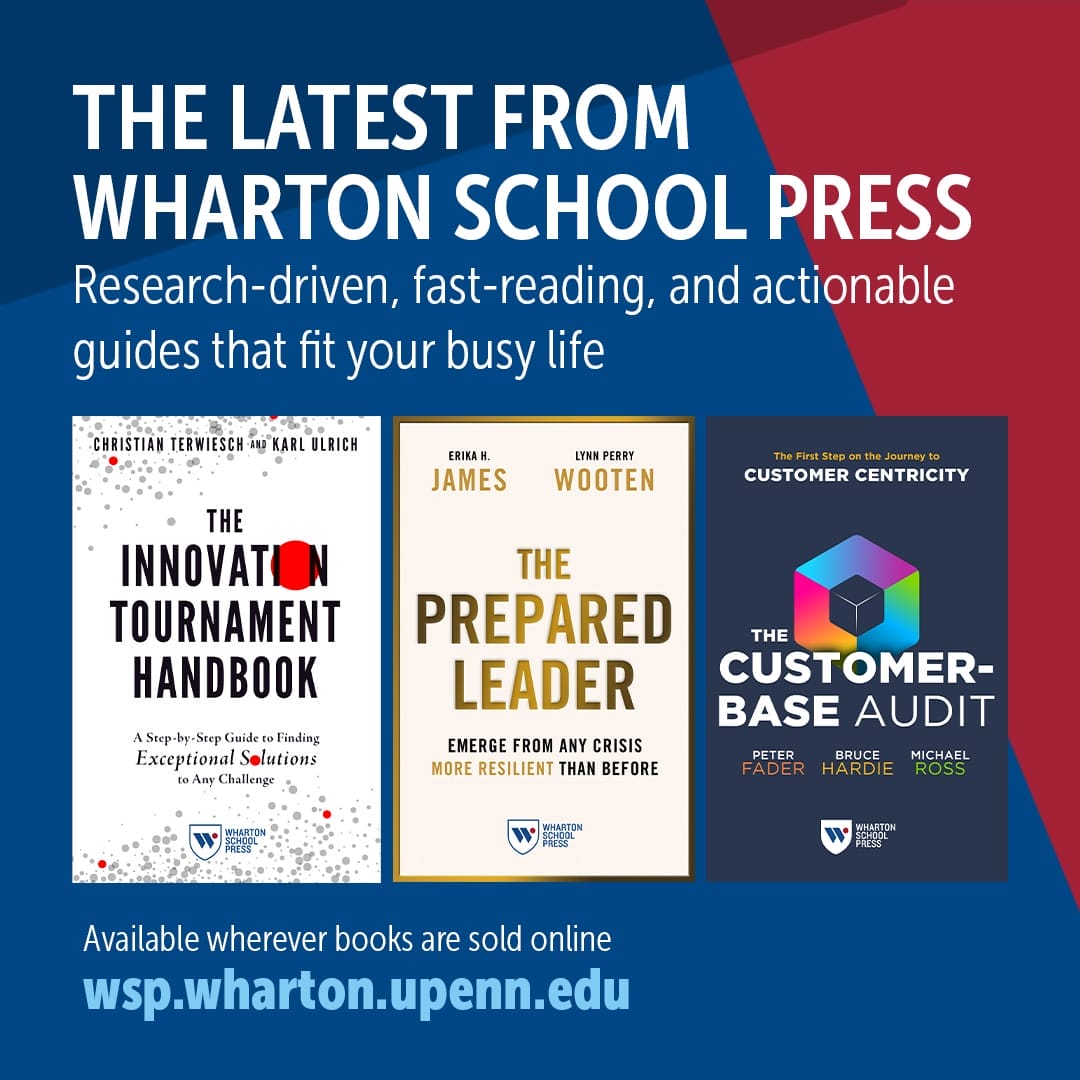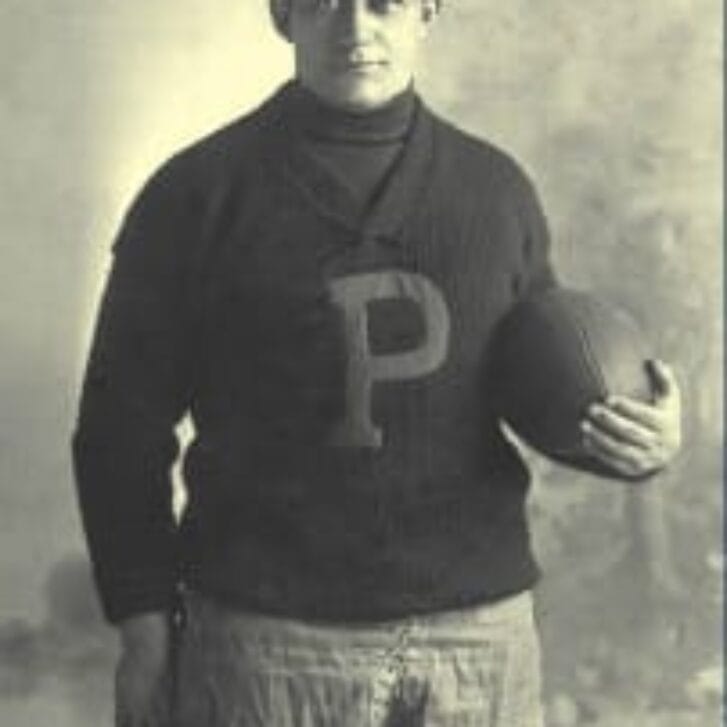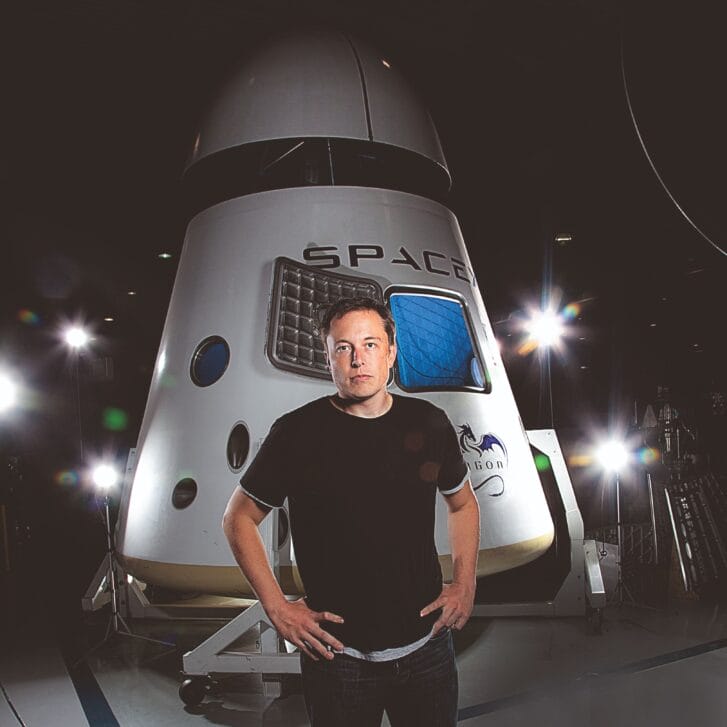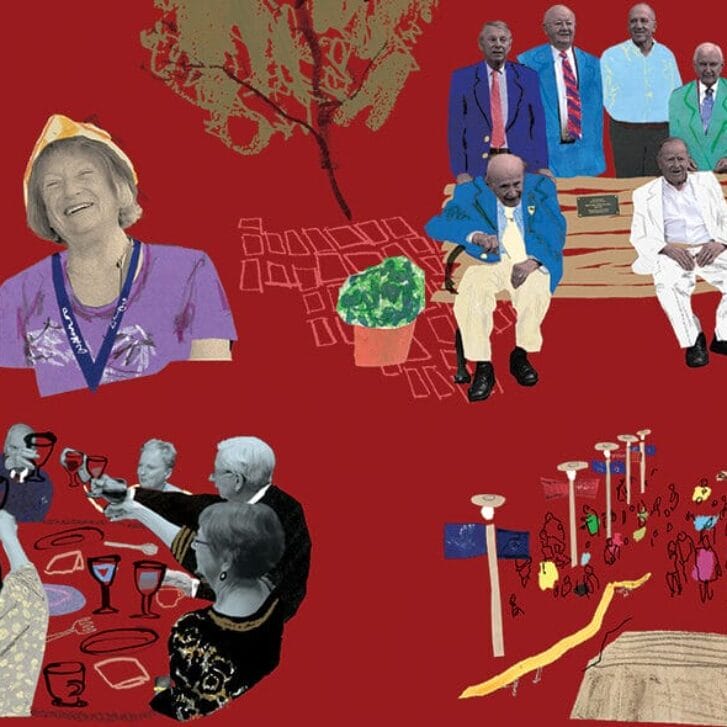If you don’t know much—or anything— about Philadelphia’s Academy of Natural Sciences, be advised that George W. Gephart, Jr., WG’79, has made it his priority to change that.
Announced as the Academy’s new president in May, Gephart finally took the reins of the institution on August 9. He admits his first days on the job have been a blur, but even as he gets settled in, he says his overarching goal is clear: To make the Academy a preeminent science museum, research institution and tourist destination. With the Academy’s bicentennial coming up in 2012, Gephart, a business and nonprofit mover and shaker, is laying the groundwork with staff and supporters to increase the spotlight on the institution, and keep it there well into the future.
“It’s an organization that deserves to have as much visibility in the region as we can raise,” says Gephart.
The oldest natural science institution in the Western Hemisphere, the Academy was founded in 1812, a time when scientists could only speculate about natural wonders beyond their reach. The Academy organized expeditions around the continent—the entire world, actually—to collect and bring back to Philadelphia then-unknown species of plants and animals. Today, the Academy houses more than 17 million specimens. It opened its doors to the public in 1828 and is one of the Top 20 tourist attractions in Philadelphia.
Gephart, a Baltimore native who has lived in the Delaware Valley since 1983, recalls bringing his three daughters to the museum when they were young. He says he still gets a kick out of seeing wide-eyed kids walking through the museum today. “What I enjoy most,” he says, “is observing the wonder of kids as they look at an exhibit like the dinosaurs.”
Gephart is the first non-scientist in recent memory to lead the institution. And while he calls himself an “amateur natural scientist,” with a keen interest in outdoor pursuits, it’s not his naturalist leanings that got him the job. It’s his financial background.
With the economy mired in recession, Gephart’s financial and nonprofit management experience—among other positions, Gephart worked for 20 years at 1838 Investment Advisors of Philadelphia, where he oversaw the company’s equity investment process and managed the portfolios of major nonprofit organizations— proved very attractive. He continues in his role as chairman of the board for the Main Line Health System and has served on the boards at the Curtis Institute of Music, The Nature Conservancy, Natural Lands Trust, The Chamber Orchestra of Philadelphia and the White-Williams Scholars.
“I think what the board saw in me that was unique is somebody that has a business and finance background, who lives in this region and, while I’m not a native, who embraces all that Philadelphia has to offer,” says Gephart, who first came to Philadelphia when he enrolled at Wharton. “The board wanted to move away from the traditional approach—a Ph.D. scientist CEO.”
“I was impressed with George’s passion for what the Academy could be,” notes Cindy Heckscher, a member of the board and the search committee. “A few of us wondered if he knew more about the Academy than we did.”
Adds Academy Chairman R. James Macaleer: “He’s the right guy at the right time for the Academy.”
Gephart says he will focus on fundraising, strengthening the board with corporate, ethnic and cultural diversity and, of course, promoting the Academy, its programs and, maybe most importantly, its upcoming bicentennial celebration. “We need to make a big splash,” he says.
A key long-term goal is to spotlight the Academy’s research and focus the public’s attention on the institution’s scientific achievements, in addition to its museum exhibits and programs. The fact is, Gephart says, that even many regular visitors are unaware of the Academy’s dual role. “To most Philadelphians, we’re the dinosaur museum—and we’re very successful at that,” he says. “Now we want to push our science forward. The Academy’s collections are celebrated and are at the very top of collections, nationally and internationally. It’s a real destination for scientists.”
Academy researchers focus on biodiversity, ecology, evolution, molecular systematics and paleontology; Gephart says he hopes to make their work more relevant and accessible to the public. Fortunately, there is no shortage of opportunities to make science come alive.
As an example, he cites the Academy’s collection of mollusks, the oldest such collection in the country. The mollusks were recently loaned out to help determine the impact of the Gulf of Mexico oil spill on marine life, Gephart explains. Scientists used the Academy’s mollusk shells, gathered from each decade of the 20th century, for a baseline comparison to Gulf mollusks in order to measure the extent of contamination from the oil spill.
The opportunities for growth are there. Gephart believes they are opportunities that can be seized. But he also says he does not underestimate the challenges that await him.
“It’s as difficult a time, from an economic perspective, to come into an assignment like this as I can imagine,” Gephart says. “[But] if we can articulate our relevance and if we can show some bold initiative, I think people in the region and nation will realize the Academy is important to sustain and help grow.”




















